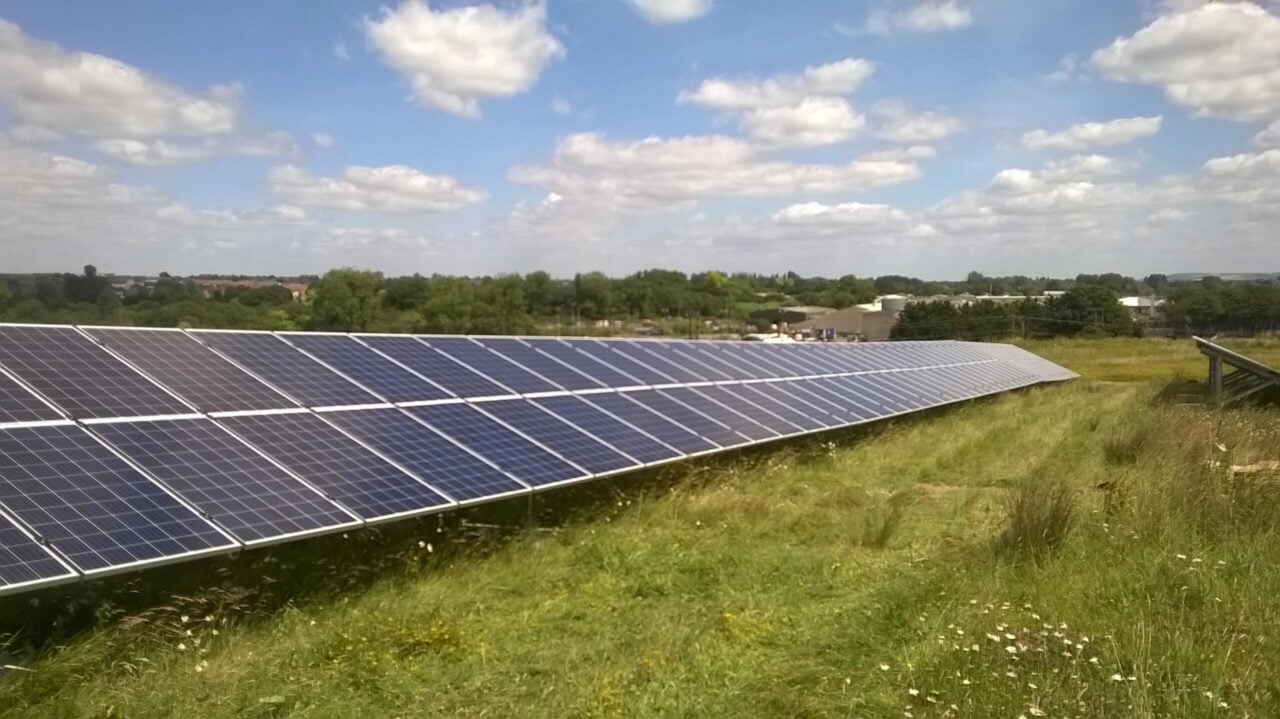
Image: PPS
National Grid ESO has turned to artificial intelligence to improve its solar forecasting by 33%.
A new forecasting method has been developed in conjunction with the Alan Turing Institute using machine learning and data science, with the project being funded via Ofgem's Network Innovation Allowance.
Historically the ESO’s solar forecast took two variables – solar capacity and solar irradiance – and produced forecasts for solar generation output using a simple relationship between the two.
The new approach, dubbed a ‘random forest’ model, looks at historic data and around 80 input variables including temperature and more granular solar irradiation data. It then trains itself by finding hundreds of different mathematical pathways, known as decision trees, to take those inputs and arrive at the output generation figure. The 80 new forecast weather variables are then run through the decision trees and the average is taken as the new solar generation forecast.
This approach has been combined with other machine learning techniques in a multi-model ensemble forecast, improving the accuracy of the ESO’s forecasting by 33%.
Accurate forecasting is becoming increasingly important as more renewables are put onto the system. Solar generation increased by 18% in Q2 of 2019 compared to 2018 and the UK saw the first ever coal-free fortnight earlier in the year.
Rob Rome, commercial operations manager at National Grid ESO, said it is “vital” forecasts are as accurate as possible as renewables become a larger part of the energy mix.
“Improved solar forecasts will help us run the system more efficiently, ultimately meaning lower bills for consumers. It will also enable more solar capacity to be connected and utilised, helping us to achieve our 2025 ambition to be able to operate a zero carbon electricity system.”

